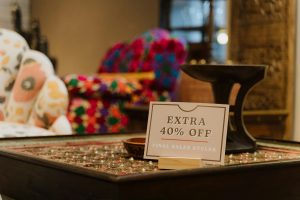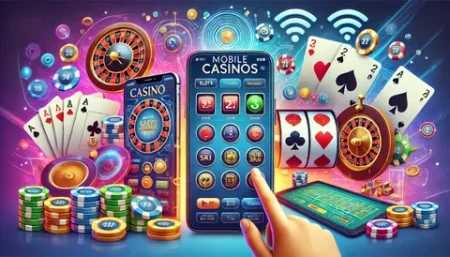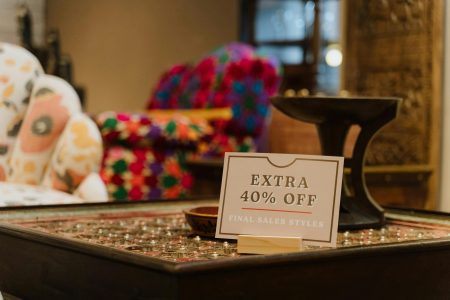Stepping into a wine shop for the first time, or even the tenth, can feel like entering a labyrinth. Shelves teeming with bottles, cryptic labels, and a dizzying array of choices can leave any beginner feeling overwhelmed. But fear not! Navigating a wine store los angeles doesn’t have to be intimidating. With a few simple strategies, you can transform a daunting task into an enjoyable journey of discovery.
Here’s your beginner’s guide to confidently exploring the world of wine, one bottle at a time:
1. Assess Your Mission: What Are You Looking For?
Before you even step inside, a little pre-planning can save you a lot of time and angst. Ask yourself:
- Occasion: Is this for a casual weeknight dinner, a special celebration, a gift, or just to explore?
- Food Pairing: Do you have a specific dish in mind (e.g., grilled steak, pasta with red sauce, seafood, spicy Asian food)? Even a general idea helps narrow down choices.
- Budget: Be realistic. Having a price range in mind (e.g., “around $20,” “under $40”) will help staff guide you without pressure.
- Preference (if any): Do you generally prefer red or white? Sweet or dry? Light-bodied or full-bodied? Don’t worry if you don’t know the exact terms, even a “I usually like fruity reds” or “I prefer something crisp” is a great start.
2. Scan the Layout: Understanding the Organization
Most quality wine shops follow a logical organization, which can be a huge help:
- By Region/Country: This is the most common. You’ll likely see sections for France, Italy, Spain, California, Australia, Chile, Argentina, etc. Within a country, it might be further broken down by specific regions (e.g., “Bordeaux,” “Napa Valley”).
- By Varietal/Grape: Some shops organize by grape type, especially for New World wines (e.g., “Cabernet Sauvignon,” “Chardonnay,” “Pinot Noir”).
- By Style/Color: Simpler shops might just have “Red Wines,” “White Wines,” “Rosé,” and “Sparkling Wines.”
- Special Sections: Look for sections dedicated to “New Arrivals,” “Staff Picks,” “Organic Wines,” “Natural Wines,” or “Value Buys.” These can be great starting points.
Take a few moments to walk around and get a feel for how the shop is structured.
3. Embrace the “Shelf Talkers” (and Your Phone)
These little labels next to the bottles are your silent guides:
- Tasting Notes: They often describe the wine’s aromas and flavors (e.g., “notes of cherry and vanilla,” “crisp citrus and minerality”).
- Food Pairings: Some suggest ideal food pairings, which is incredibly helpful for beginners.
- Ratings/Awards: Look for scores from reputable critics (e.g., Wine Spectator, Robert Parker) or competition medals, though don’t let these be your only guide.
- Producer/Region Info: They might provide a brief background on the winery or the specific region.
If a shelf talker isn’t enough, don’t hesitate to use your phone to quickly look up a wine on Vivino or other wine review apps. Just be mindful of being overly dependent on crowd-sourced reviews, which can sometimes be inconsistent.
4. Don’t Be Afraid to Ask for Help!
This is the most important tip for beginners. The staff at a good wine shop are not just salespeople; they are passionate and knowledgeable guides, eager to share their expertise.
- Initiate the Conversation: A simple “I’m looking for a red wine for chicken, maybe around $25” or “I really liked this [previous wine you enjoyed] – do you have anything similar?” is a perfect opener.
- Be Honest About Your Knowledge: It’s okay to say, “I’m new to wine and feel a bit lost!” They’ll appreciate your honesty and tailor their advice accordingly.
- Listen and Learn: Pay attention to their suggestions and explanations. This is a fantastic opportunity to learn about different grapes, regions, and styles.
- Provide Feedback: If they recommend something and you like it (or don’t), tell them next time! This helps them refine their future recommendations for you.
5. Beyond the Bottle: What Else to Look For
A truly quality wine shop offers more than just wine:
- Proper Storage: Bottles should not be in direct sunlight, and the shop should feel cool and consistently temperate.
- Accessories: Do they offer wine openers, decanters, aerators, or glassware? This indicates a comprehensive approach to wine enjoyment.
- Tastings/Events: Many shops host regular tastings, which are excellent opportunities to try new wines without committing to a full bottle and to learn from the experts.
- Friendly Atmosphere: The shop should feel welcoming and comfortable, not intimidating.
6. Start Simple, Expand Gradually
You don’t need to become a sommelier overnight. Begin by focusing on:
- Popular Varietals: Cabernet Sauvignon, Merlot, Pinot Noir, Chardonnay, Sauvignon Blanc, Pinot Grigio are good starting points.
- Value Regions: Explore regions known for good quality-to-price ratios (e.g., Languedoc-Roussillon in France, Chile, Portugal).
- Specific Recommendations: Trust the staff, especially if they’ve made a good recommendation for you before.
Navigating a wine shop is a skill that develops with practice. The more you explore, ask questions, and taste, the more confident and joyful your wine journey will become. So, take a deep breath, embrace the adventure, and prepare to uncork a world of flavor!








